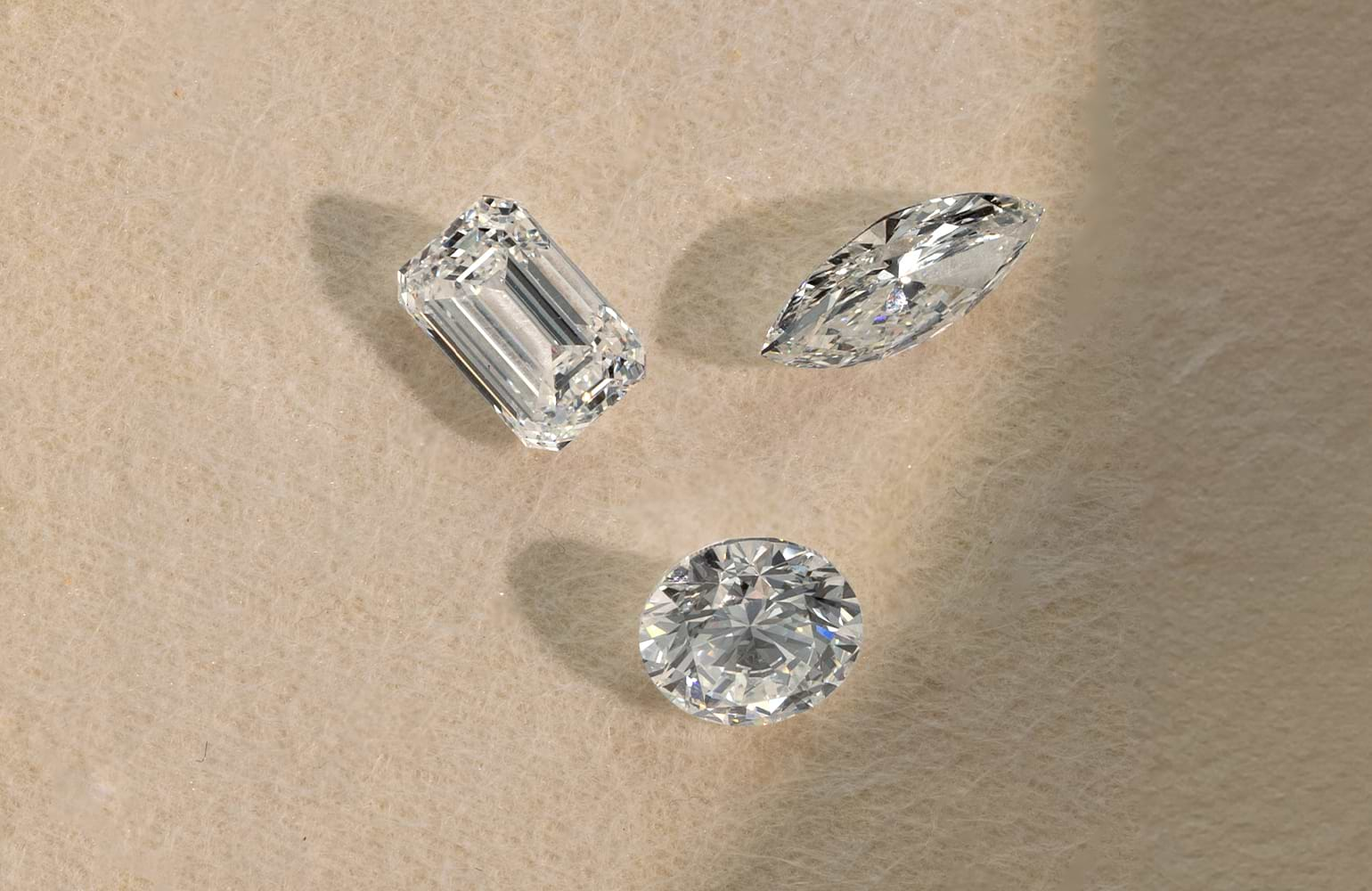Table of Contents
Introduction to Lab-Grown Diamonds
If you’ve been dazzled by diamonds but want to make a choice that’s both sparkling and conscientious, lab-grown diamonds are worth a closer look. They’re not only a marvel of modern science but also an ethical alternative to mined diamonds. Let’s dive into what makes these gems so special and how the 4Cs—cut, color, clarity, and carat weight—apply to them.
What Are Lab-Grown Diamonds?
Lab-grown diamonds, also known as synthetic or cultured diamonds, are real diamonds created in a laboratory setting rather than formed naturally in the Earth. They have the same physical, chemical, and optical properties as natural diamonds. This means they’re just as brilliant, durable 4Cs lab grown diamonds, and valuable—without the environmental and ethical issues associated with traditional diamond mining.
Cut
The cut of a diamond refers to how well it has been shaped and faceted. It affects the diamond’s brilliance, or how much it sparkles.
Understanding Cut Quality
A well-cut diamond will reflect light beautifully. The cut is graded from Excellent to Poor, depending on how well it balances light reflection, symmetry, and proportions. Lab-grown diamonds can achieve the same high-quality cuts as natural diamonds, thanks to advanced technology and skilled craftsmanship.
Impact of Cut on Brilliance
The cut is crucial for maximizing a diamond’s sparkle. A diamond with an excellent cut will catch and reflect light in a way that makes it appear more luminous. Whether lab-grown or natural, a diamond’s brilliance largely depends on the precision of its cut.
Color
Color in diamonds refers to the presence of any hues or tints. The ideal diamond is colorless, allowing the maximum light return.
Color Grading Scale
Diamonds are graded on a scale from D (colorless) to Z (light yellow or brown). Lab-grown diamonds are graded using the same scale, so you can expect the same color quality as you would with natural diamonds. Many lab-grown diamonds fall into the D-F range, which is the highest grade.
Lab-Grown Diamonds vs. Natural Diamonds in Color
Lab-grown diamonds can be produced to meet specific color grades. Because they’re created in a controlled environment, it’s easier to achieve consistent color compared to natural diamonds, where color can vary due to impurities.
Clarity
Clarity measures the presence of internal or external imperfections, known as inclusions and blemishes.
Common Inclusions in Lab-Grown Diamonds
Lab-grown diamonds can have inclusions, but they’re often fewer and less noticeable than those found in natural diamonds. Common inclusions might include small crystal formations or slight color variations.
How Clarity Affects Value
Clarity impacts the diamond’s value. Higher clarity diamonds are rarer and more valuable. Lab-grown diamonds can achieve high clarity grades, often surpassing natural diamonds in this regard due to the controlled growth conditions.
Carat Weight
Carat weight measures the size of the diamond. Larger diamonds are rarer and generally more expensive.Man made diamonds, also known as synthetic or cultured diamonds, are an impressive technological achievement in the world of gemstones. Created in controlled environments that mimic the natural conditions of diamond formation, these diamonds are chemically and physically identical to their mined counterparts. Utilizing high-pressure, high-temperature (HPHT) or chemical vapor deposition (CVD) methods, scientists can produce diamonds that meet the highest standards of clarity, cut, color, and carat weight.
Carat Weight vs. Size
Carat weight doesn’t always translate directly to perceived size, as the cut and shape also influence how large a diamond looks. Lab-grown diamonds offer flexibility in carat weight, allowing you to choose a size that fits your budget and preferences.
Choosing the Right Carat Weight for Your Needs
When selecting a carat weight, consider your personal style and budget. Lab-grown diamonds can be more affordable than natural ones, so you might opt for a larger stone without breaking the bank.
Benefits of Choosing Lab-Grown Diamonds
Choosing a lab-grown diamond comes with several advantages beyond the 4Cs. Here are some compelling reasons to consider them.
Ethical and Environmental Considerations
Lab-grown diamonds are a more sustainable and ethical choice. They don’t involve the environmental damage or human rights issues associated with mining. If you’re looking to minimize your impact, lab-grown diamonds are a responsible choice.
Cost Efficiency
Lab-grown diamonds often cost 20-40% less than their natural counterparts. This means you can get a bigger or higher-quality diamond for the same price as a smaller natural one.
Customization Options
Lab-grown diamonds offer extensive customization possibilities. You can choose the exact cut, color, clarity, and carat weight, tailoring the diamond to your specific preferences.
How to Buy Lab-Grown Diamonds
Ready to make a purchase? Here’s a guide to help you navigate the process.
Where to Buy
Lab-grown diamonds are available through various retailers, both online and in physical stores. Reputable online jewelers and specialty diamond retailers offer a wide range of options.
What to Look For
When buying a lab-grown diamond, check for certification from reputable gemological laboratories. This ensures the diamond meets high-quality standards. Also, consider the retailer’s return policy and customer service.
Verifying Quality
Verify the quality by reviewing the diamond’s grading report, which should detail its cut, color, clarity, and carat weight. Many lab-grown diamonds come with reports from trusted gemological institutions.
Conclusion
Lab-grown diamonds offer a brilliant alternative to traditional mined diamonds, combining stunning beauty with ethical and environmental benefits. By understanding the 4Cs—cut, color, clarity, and carat weight—you can make an informed choice that aligns with your values and preferences. Whether you’re buying an engagement ring or a special piece of jewelry, lab-grown diamonds provide a sparkling and conscientious option. So, why not embrace the future of diamonds and shine with a gem that’s as ethical as it is exquisite.

